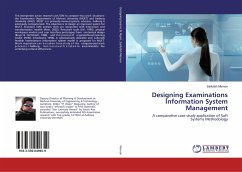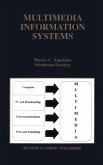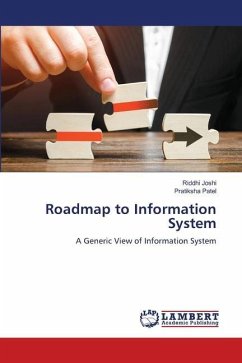This interpretive action research uses SSM to compare two work situations: the Examination Departments of Mehran University (MUET) and Aalborg University (AAU). MUET is a primarily manual system, whereas Aalborg is extensively computerized. The objective is to design an improved system for MUET. Standard SSM analysis tools are integrated with interaction and transformation models (Rose, 2002), flowchart tools (JAI, 1995), physical workspace models and user interface prototypes from contextual design (Beyer & Holtzblatt, 1998), and the process of organizational meaning model (POM) (Checkland, 1998). A systematically desirable and culturally feasible examinations information system model is proposed for MUET. Much inspiration can be taken from study of the computerized work process at Aalborg, but care must be taken to accommodate the underlying cultural differences.







